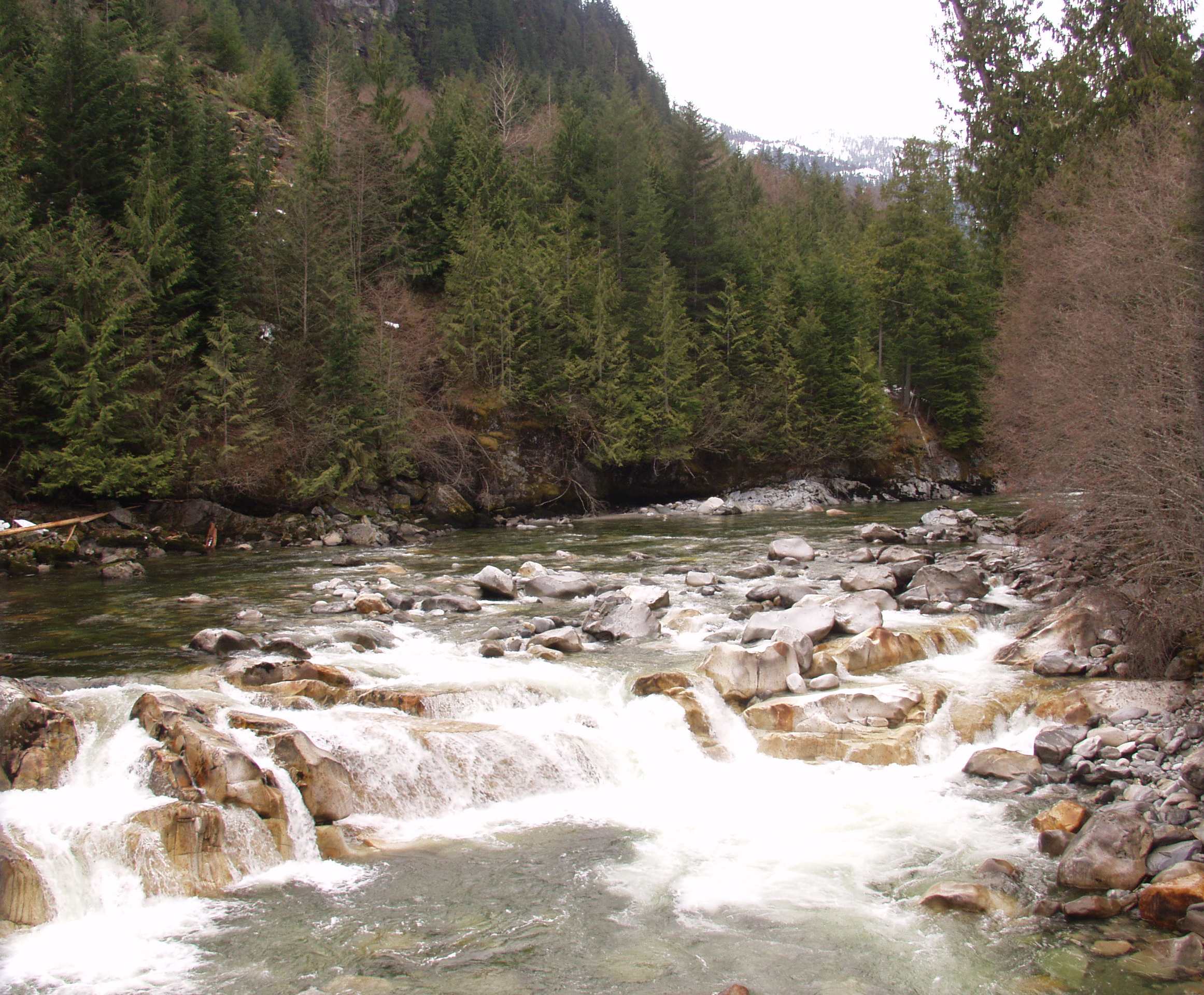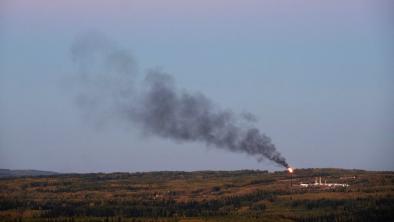Most run-of-river power projects fail to meet monitoring requirements
Vancouver Sun

Only seven of province's 22 projects documented what they should, says federal fisheries report
Private run-of-river hydro facilities are failing to meet both the specific monitoring requirements for their projects as well as general industry guidelines, a consultant’s report commissioned by the federal fisheries department concludes.
The Hatfield Consultants report, obtained by The Vancouver Sun following a federal access-to-information request, conducted a review of the habitat monitoring performance of 22 independent power projects in the Pacific region.
The report looked at how well the 22 complied with specific monitoring requirements as set forth in approvals for the individual projects as well as industry protocols adopted in 2012 for long-term aquatic monitoring for new and upgraded projects.
Delivered in 2013, the 101-page report noted that a “major limitation” encountered was “a lack of available information that could be used to document compliance/conformance.”
Only seven of the 22 projects documented all monitoring activities stipulated in their authorizations.
Many of the authorizations required monitoring reports pertaining to water quality, fisheries and before-after photographs to be provided within 60 days of completion of construction. “These reports were rarely submitted on time, and generally lacked some or all of the required information,” the report said. “Overall 32 per cent of projects were fully conformant with this monitoring criterion.”
Only three projects were “fully aligned” with the long-term monitoring protocols, the report found, adding that:
• Frequency of sampling was generally not consistent with the recommended four times per year for two years.
• The largest gap in information for the industry as a whole was the lack of ramping rate study reports following commissioning tests. (Ramping is typically associated with the shutdown of a power plant for maintenance or an unanticipated failure and must be done gradually to avoid stranding young fish downstream.)
• There were general inconsistencies in habitat compensation monitoring and, in many cases, the status of completion and/or monitoring was unknown.
• Only a few projects provided reports detailing assessments for species at risk, such as tailed frogs, northern goshawks, spotted owls and grizzly bears.
Hatfield Consultants noted that long-term monitoring protocols are not written requirements of regulatory approval documents and that projects adhered to them less strictly. The 22 projects in the study were authorized before the protocols being adopted in 2012.
The report recommends: a web-based compliance monitoring system to track compliance with approval requirements, a system to automatically notify the proponent and appropriate agency when specified submission dates or project milestones are forthcoming, an industry standardized non-compliance reporting format, and a generic set of authorization conditions related to monitoring to provide continuity in standards across the industry.
“Page after page, what you read is ‘not consistent, not achieved, not provided, missing information, inconsistent, inadequate, failed to follow’ ...,” Gwen Barlee of the Wilderness Committee said of the Hatfield report.
She said it is consistent with earlier freedom-of-information documents showing widespread provincial concerns about non-compliance of run-of-river projects. “This is another red flag on an industry already heavy with red flags.”
The Sun reported in January that a Ministry of Forests, Lands and Natural Resource Operations staff report said there were 749 non-compliance incidents from a total of 16 hydro plants in southwest B.C. in 2010.
They included 313 incidents related to ramping, 292 of not notifying government officials of problems, 101 of not fulfilling mitigation requirements, and 43 of not maintaining in-stream flow rates.
The Clean Energy Association of B.C., representing the majority of independent power producers, has hired the Pacific Salmon Foundation to conduct a study on the industry’s impact on salmonids and make recommendations for improvements as necessary.
The study is expected to be concluded this fall.
Paul Kariya, the association’s executive director, could not be reached to comment on the Hatfield report.
But he has recently stated that companies involved in non-compliance issues have reviewed their operating procedures and that “in many cases the non compliances are minimal and technical in nature.”
Bas Brusche, a spokesman for Innergex, a major run-of-river operator, declined to comment until staff have had a chance to study the Hatfield report.


